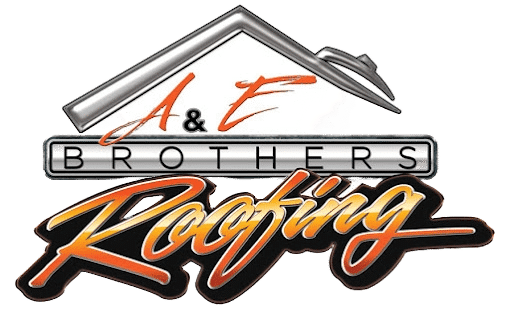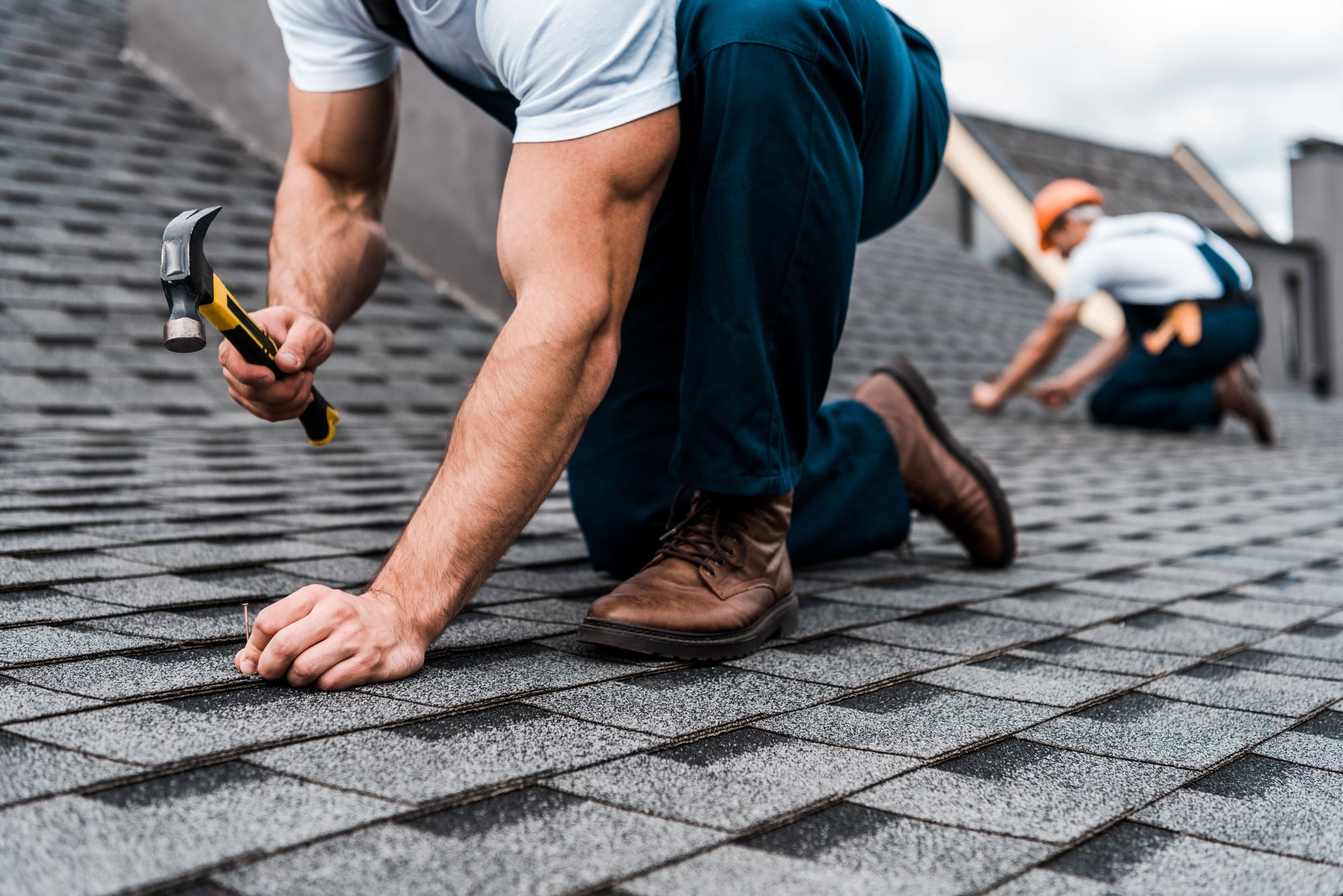It’s time to talk about change – change orders!
Our estimators do their best to ensure that your roofing quote is inclusive. However, we can’t see what’s under your roof until we tear it off (yes, that’s the term – tear off). Unfortunately, x-rays have not yet been developed for the roofing trade.
That means there are a few things that can change your quote once we get a look under your roof. At A&E Brothers Roofing, we design our contracts to be transparent, but let’s dive into what drives change orders below…
What’s a change order?
In construction, a change order is a change or addition to a contract that reflects additional work. In the context of roofing, this applies to extra work that needs to be completed on non-visible element of a roof.
What are the most common change orders?
- Plywood replacement
Under your tile, metal, shingle, or flat roof is a layer called the deck. It’s usually made out of plywood but can also be made out of cement, gypsum, or other types of composite wood. Decks are the foundation of your roof – every element of your roofing system, including the base layer, underlayment, and surface roofing material goes on top of the deck. A plywood replacement is by far the most common change order and most roofers will include a certain number of plywood sheets as part of your estimate (make sure they do). Including plywood sheets helps mitigate the likelihood of a replacement change order. However, sheets in excess of the included amount will fall on the homeowner under most contracts.
- Facia replacement
The fascia board is a long, straight piece of wood that runs along the roof’s lower edge. It is secured directly to the ends of the roof trusses and supports the bottom row of tiles or roofing material. The fascia board also holds all the gutters in place. The facia is susceptible to rot, which is usually only fully visible once the roof is torn off since the front facing portion typically is painted over.
- Truss replacement
A truss is a key structural element that enhances the strength of a roof. They designed to increase the load bearing capacity of a roof. They are common elements of floors along with bridges and airplanes.
- Multiple layers of roofs
We only see this a few times a year on very old roofs. This is when rather than tearing off a roof, the previous roofer simply added a new layer of shingles or asphalt. Since this layer is not visible to our estimators, our contracts include provisions for change orders to account for the additional difficulty during the tear-off phase of roof construction.
So how common are changes?
Plywood needs replacement in around a third of the roofs we replace. However, only about 20% of tears offs exceed the number of sheets that are included within the standard A&E Brothers Roofing contract. Minor facia and soffit work is less common and relatively quick to fix.
What factors make a change order more likely?
Having worked on over 6,000 roofs over the past two decades, we’ve deveeloped a few rules of thumb…
- Older Homes – Wood features on older homes are more susceptible to rot. They also may have truss designs that are not compliant with modern building codes.
- Leaky roofs – If you have encountered leaks, especially over a longer time period (18 months +), it is likely that moisture trapped in your roof has rotted the plywood.
Are change orders necessary?
Most of the time, they are. City inspectors won’t pass your roof if there’s rotten plywood or facia present. You wouldn’t want them to. Rotten decking will gradually erode and cause leaks and humidity to build up in your roof.
How much should I budget for change orders?
It usually makes sense to keep around 10% of your roof estimate in reserve. Also, make sure to check the price sheet on plywood replacements on your roof contract – you’ll get a sense of what fair pricing looks like. We believe in transparency, so you’ll see our pricelist attached to the contract. Please don’t hesitate to ask your estimator about this – they are there to help!
Sources
The Editors of Encyclopedia Britannica. (2014). Truss | building. In Encyclopædia Britannica. https://www.britannica.com/technology/truss-building

